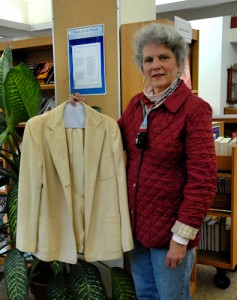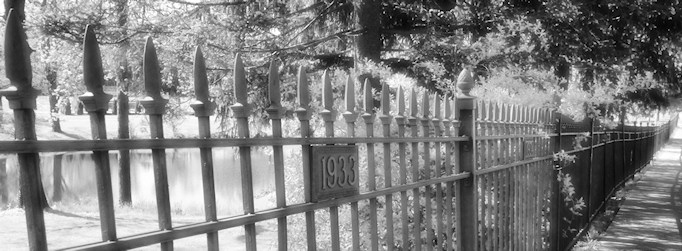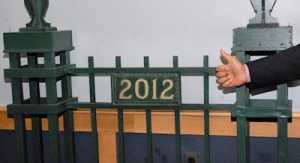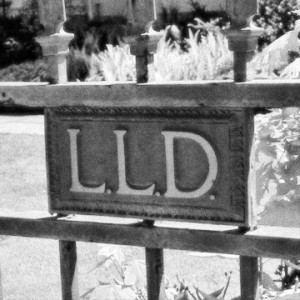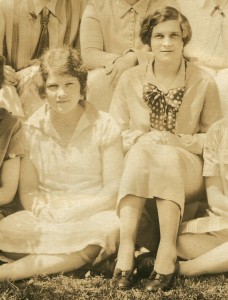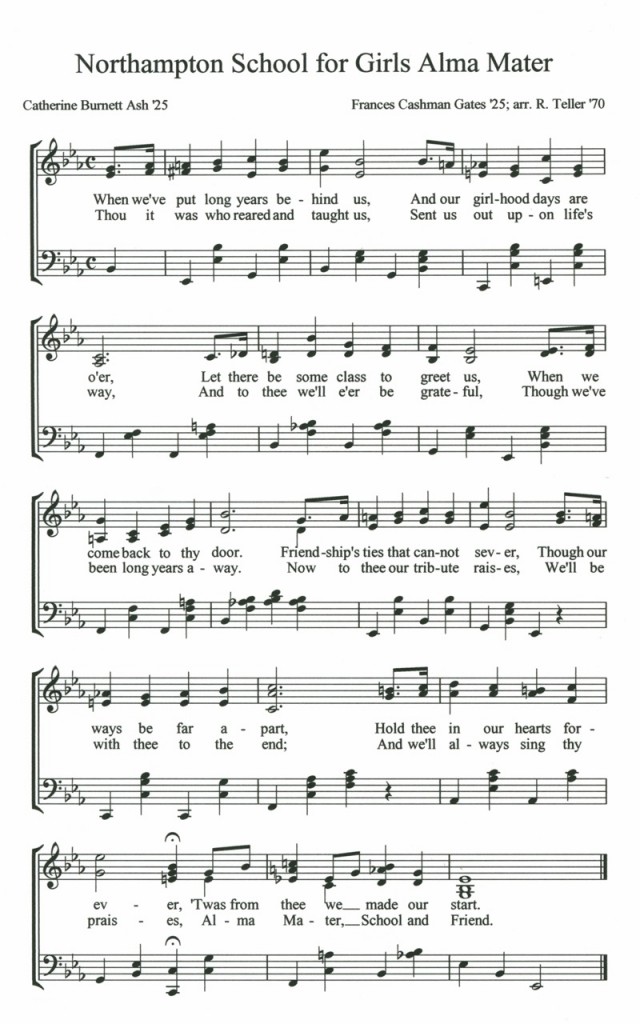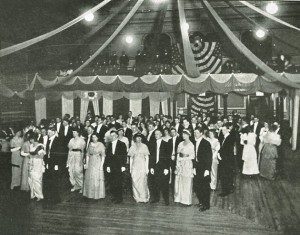
It’s prom night — another senior class milestone. At Williston Northampton, informal tradition has our students dressed and milling around the quad an hour or more before they need to leave for the event. Being seen is essential. I know one parent who is driving considerable distance just to view her son in a tux. Some of us middle aged types are content simply to marvel at how well our kids clean up.
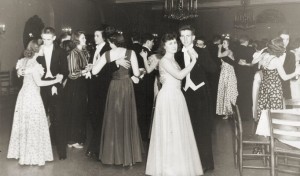
The date of the first Williston Seminary senior promenade is unknown, but the tradition goes back at least to 1902. No decorated gymnasium or road trip to the Log Cabin in those days — the Easthampton Town Hall, right across the street from the Old Campus, had a ballroom. Northampton School for Girls held their first prom at the Hotel Northampton in 1939.
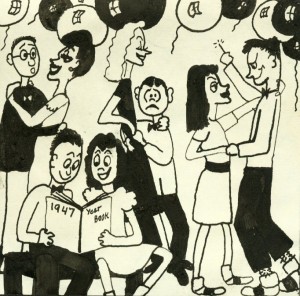
A colleague recently wondered whether, for all that it is a rite of passage for thousands of high school students, most people have happy memories of their senior proms. I have no opinion. In my senior year, 1970, the Williston Academy prom was canceled because of a student strike. (That’s a topic for another post.) The 1947 cartoon at left suggests that memories may be mixed. But I recall a Reunion Weekend conversation a few years ago. I’d identified a returning alumnus with his date in a prom photograph and showed it to him. “Wow,” he said. For a moment, there was a distant look in his eyes. “I wish I could remember her name.”
Your comments and questions are encouraged! Please use the space below.


